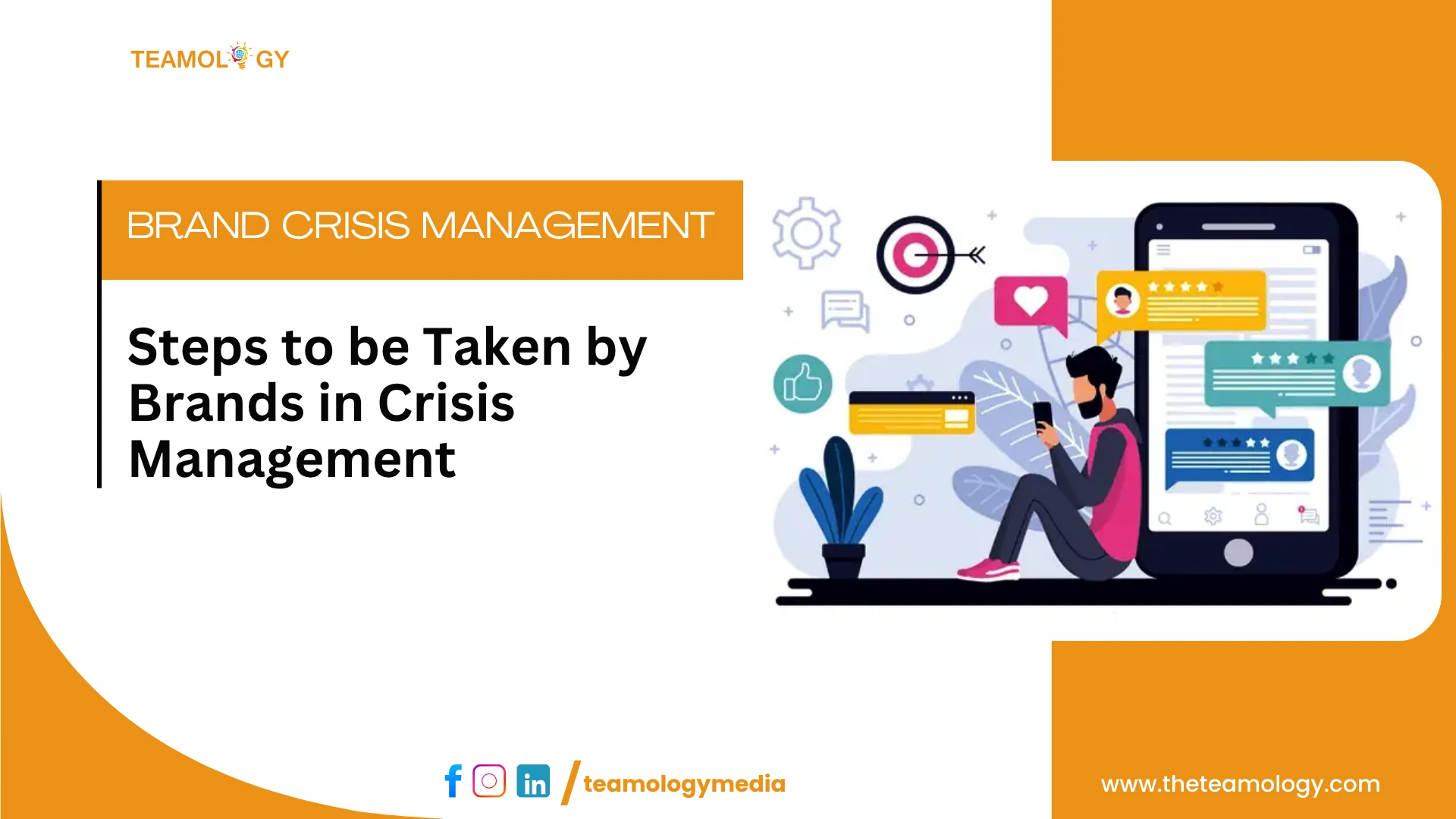What would you do if your brand suddenly faced a negative reputation in the market? What would you do if your brand gets trending for misinformation?
Sounds scary? It is — but it’s also very real in today’s digital world.
Crises arise suddenly. Whether it’s a social media slip-up, a cybersecurity breach, or unexpected legal trouble, one wrong move can ruin your brand’s reputation, finances, and customer trust. The good news is that you can manage them if you plan them properly.
In this guide, we’ll break down what a brand crisis is. What are the different crisis that brands may face? Moreover, a simple step-by-step brand crisis management plan will help you handle them correctly like a pro.
Understanding the Nature of Crisis
A crisis is any unexpected event or situation that can threaten a brand’s reputation, disrupt business operations, or result in financial and emotional losses. Crises can be sudden, like a scandal, or slow-building, such as a long-term product issue, but what defines a crisis is its potential to cause harm and draw public attention. Therefore, it is important to recognize the signs early and respond smartly.
Types of Crisis
You must understand the different types of crises to develop business strategies effectively. Here are some of the common categories of crisis that brands face:
1. Financial Crisis:
- Economic downturn impacts a company’s revenue and profitability.
- Sudden market fluctuations can negatively impact of company’s financial performance.
2. Legal or Regulatory Problems:
- Your brand may face legal issues which includes breach of contract, product defects, etc.
- Lawsuits, fines, or compliance failures can erode investor confidence and affect brand credibility.
3. Organizational Issue:
- Executive or Employee Misconduct
- When an employee of the company is involved in unethical stuffs
4. Technological Crisis:
- Lack of Cybersecurity
- Data leaks or system hacks give rise to issues like a lack of customer privacy.
5. Social Media Issues:
- Poor customer service and a lack of immediate response affect customer trust.
- Updating negative information creates a bad reputation online and results in the loss of customers
Impact of the Crisis
If you don’t make useful strategies to manage your crisis, your business can have long-term consequences:
- Reputational Damage: Public trust is hard-earned but gets lost easily.
- Financial Losses: Due to a severe crisis, your business may face share value drops, loss of sales, legal costs, or penalties.
- Customer Attrition: If you do not manage your crisis on time. it may raise customer dissatisfaction, and they may switch to competitors.
- Employee Morale: Internal trust and engagement may suffer.
- Media Pressure: Negative press coverage can prolong the crisis lifecycle.
On the contrary, a brand that handles a crisis with empathy, honesty, and efficiency can come out stronger, even winning customer loyalty.
How to Handle A Brand Crisis: Step-by-Step
1. Create a Crisis Management Plan
Build a crisis management plan prior to the crisis. Your plan must include:
- Defined roles and responsibilities.
- Internal communication protocols.
- Key contact lists such as media, legal, and stakeholders.
- A social media crisis guide
- Regular training for handling different scenarios.
2. Act Quickly but Thoughtfully
The first few hours of a crisis are critical, therefore you must acknowledge before the situation gets worse. Fast action shows your responsibility and commitment towards brand reputation.
- Confirm facts before making any statements.
- Acknowledging your mistakes publicly will help you regain consumer trust.
3. Transparent Communication
Always make sure that your communication to the audience is honest, clear, and consistent. This will help you to enhance the transparency and credibility of your brand. You can use more than one channel to reach your audience, such as press releases, social media platforms, and official website updates for your brand reputation recovery.
- If you make any mistake, apologize sincerely to your loyal customers
- Update the steps that are being taken to resolve the issue.
- Share information regularly and connect with your audience.
4. Monitor Real-Time Situation
You must track the media coverage, social media trends, and customer sentiment to stay updated. Moreover, you should understand the sentiment of your audience to build better business strategies. Correcting your mistakes and the misinformation quickly can help you regain customer trust. In this case, you can use digital tools like social media platforms and media monitoring tools.
5. Engage with Stakeholders
Don’t forget your internal and external stakeholders like employees, investors, partners, and loyal customers. You must keep them informed through private emails, calls, or meetings. Show that they matter to your brand.
6. Learn From the Crisis
In the post-crisis period, after the crisis has been managed and controlled, you should learn from it.
- What went wrong?
- How well did the team respond?
- What can be improved?
Conclusion
The truth is the strongest brands are the ones that know how to bounce back in crisis. Whether you’re a startup or an industry giant, what matters most is how fast, honest, and smart your response is.
A solid crisis plan, clear communication, and empathy can not only limit the damage. An effective crisis plan can actually turn your brand into a trusted one that people respect.
So ask yourself: “Is there any crisis in your brand? Do you need any help creating a crisis response strategy?” Connect with us today! Let us build the most impactful crisis management plan for you.


